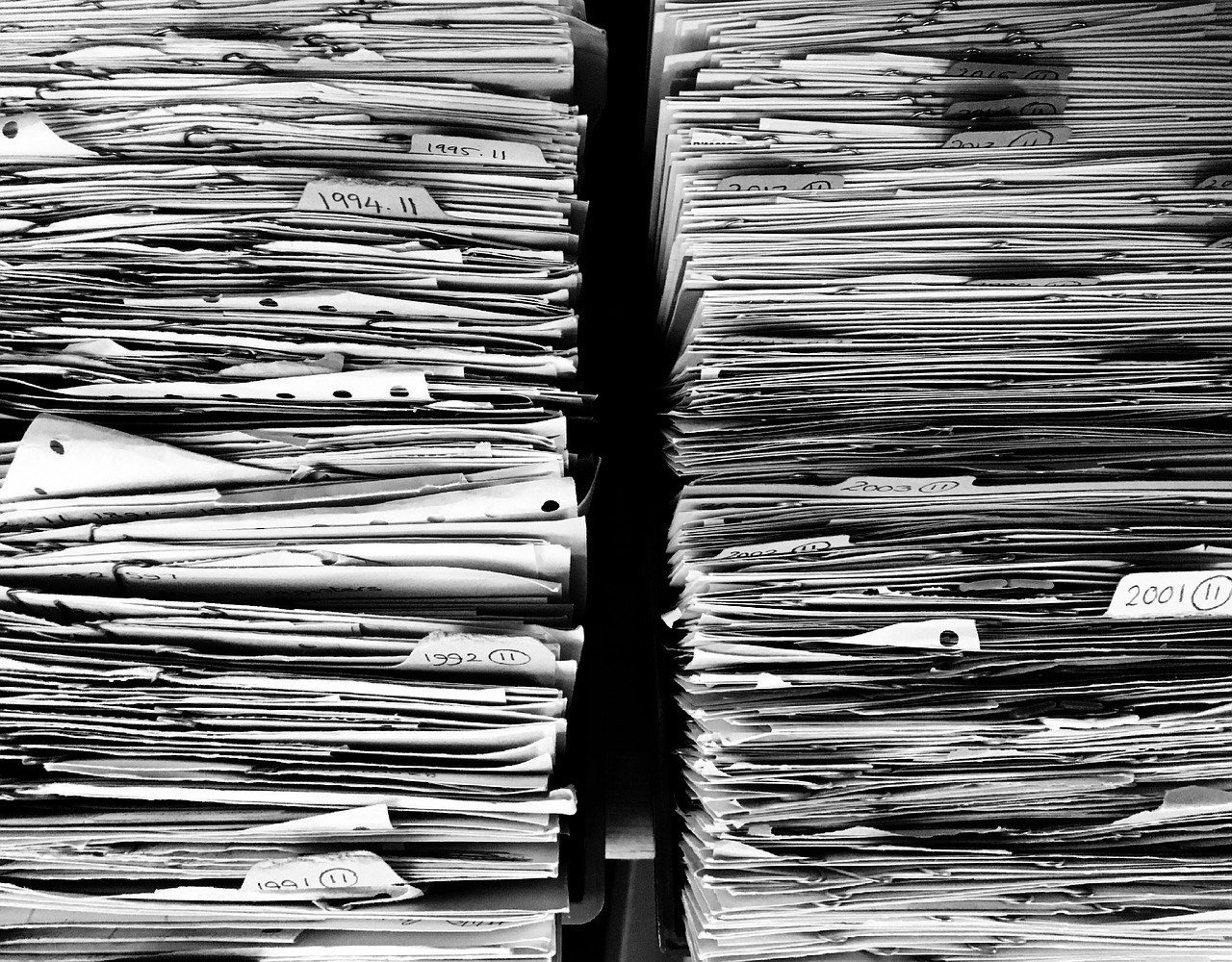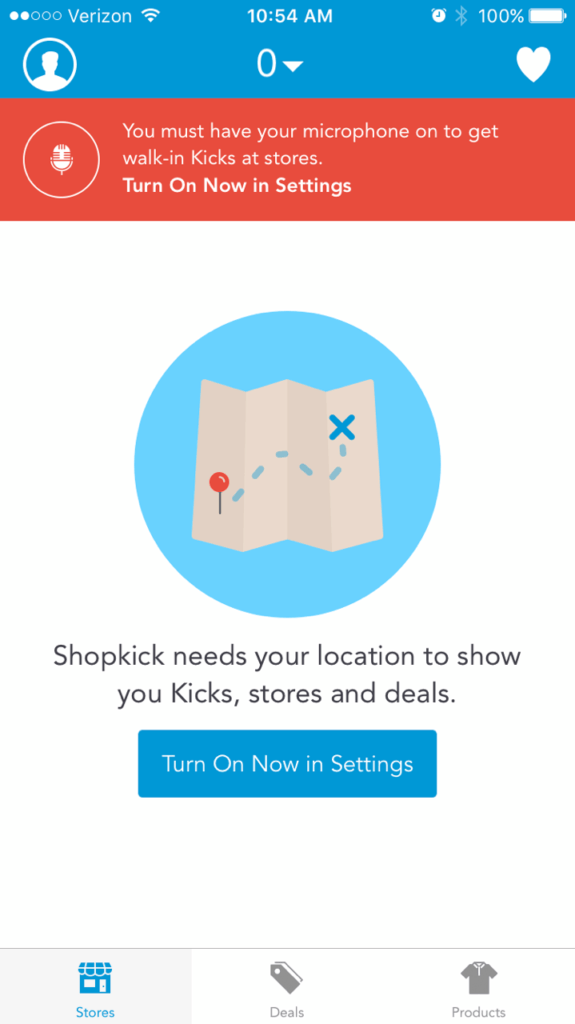Facility management is a daily balancing act of purchasing, maintenance, and tracking assets – all while adhering to a stringent budget. It can make the job overwhelming and exhausting. Utilizing online calendars, tracking systems, robust inventory systems, and other tool sets can all help day-to-day operations of facility management go smoothly. Arguably one of the most powerful tools that can be implemented is a well-designed geographic information system (GIS).
Location Awareness
Everything we interact with these days is location-based. GPS, wearable technology, and even our smart phone apps require location access to operate at full capacity. Adding the “where” onto the “what” and “why” adds another visual layer of awareness, all with the goal of better serving the user.
From alerting ‘deals near you’ to automatically tracking your miles ran each week, it seems like geographical information has its place in every technology we interact with. When you think beyond clever smart phone apps and turn to implications for professional productivity, the uses for location data are seemingly endless.
Many businesses and organizations have found geographical information systems (GIS) to be just the ticket for increasing productivity and staying organized. Every GIS is a little different, but one thing is always consistent: at its core, a GIS is all about visualization of location information.
What does GIS have to do with facility management?
Facility management is probably not the first thing that comes to mind when you think of a GIS. It is more likely that you think of a bunch of maps layered on top of one another. With careful design and a little imagination, GIS capabilities extend far beyond plotting out Point A and Point B.
Facility managers that effectively implement and use GIS eliminate a lot – and we mean a lot – of the paperwork, guesswork, and overwork that comes along with day-to-day operations. Using GIS, a visual representation of routine tasks, maintenance schedules, and staffing as it relates to a building/campus is all available in one location.
Where is all this location information coming from?
As a busy facility manager, it can be hard to see through the piles of paperwork that constantly pile up on your desk, let alone think about what location has to do with any of it.
If you take a minute and put on a different set of lenses, the information on those papers can be clearly tied to location.
A couple examples:
Trouble tickets are always linked to a specific utility in a specific room in a specific building.
Computers due for an update are all at a specific workstation in a specific room tied to a specific network in a specific building.
We will spare you using the word “specific” any more – it’s obvious from these examples, location information can be whittled down to extreme specificity.
You can pull geographic information from documents you interact with daily, such as:
- Trouble tickets
- Maintenance schedules
- Employee schedules
- Emergency response plans
- Chemical inventories
- Purchase orders
No matter how general or precise, your location information is always part of a larger whole. That’s where GIS can help you visualize and organize your data.
Trying on the GIS lens for the first time might be a little blurry, but with time can open your mind to something powerful. The only thing that limits how GIS can work for you is your own imagination.
To better illustrate our point, we will share how we reimagined GIS to track assets in our recently renovated headquarters in a future post. Stay tuned for part 2!


